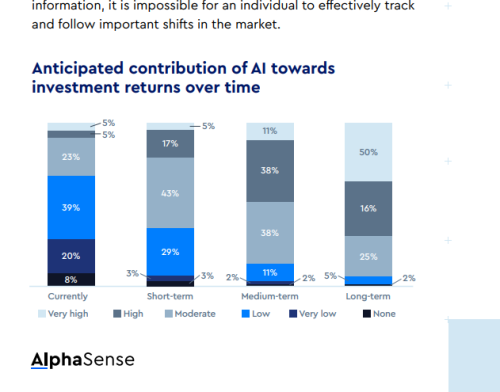Equities-focused funds fall most since May 2012, led by losses among healthcare and tech investors
Hedge funds suffered their worst start to a year this year since the financial crisis of 2007-2008 as plunging oil prices and concern over the Chinese economic outlook hit stocks worldwide, industry research firm Hedge Fund Research (HFR) says in a report.
The firm’s HFRI Fund Weighted Composite Index, its broadest measure of hedge fund performance, declined 1.7 percent in January and the HFRI Asset Weighted Composite Index declined by 1.2 percent, HFR says in a press release.
Hedge funds focused on equities broadly declined in the month, with the HFRI Equity Hedge Index dropping 3.7 percent in its worst monthly performance since May 2012. Equity hedge fund losses were led by those specializing in technology and healthcare, with the HFRI EH: Technology/Healthcare Index falling 8.1 percent – the biggest drop since February 2001.
Hedge funds specializing in emerging markets equities also suffered heavily, with the HFRI Emerging Markets Index dropping 4.6 percent in the month, HFR says. The firm’s Emerging Asia index dropped 7.3 percent while its Middle East index fell 6.8 percent.
Equities-focused funds with an eye to shorting the market were among the few that benefited, with the HFRI EH: Short Bias Index gaining 2.9 percent in January.
‘The four-year global equity bull market ended in the latter half of 2015 and financial markets are currently progressing through a cyclical transition period that is likely to be defined by continued volatility, diverging regional economic cycles and increased opportunities in sophisticated, tactical, hedged strategies,’ says Ken Heinz, president of HFR, in the release.
He predicts, however, a return to stability in the hedge fund industry later this year as current volatility encourages funds to adapt their strategies: ‘Hedge funds that have demonstrated their ability to preserve capital and generate uncorrelated gains through this environment will serve to reduce overall portfolio volatility and will continue to attract investor capital into early 2016.’










